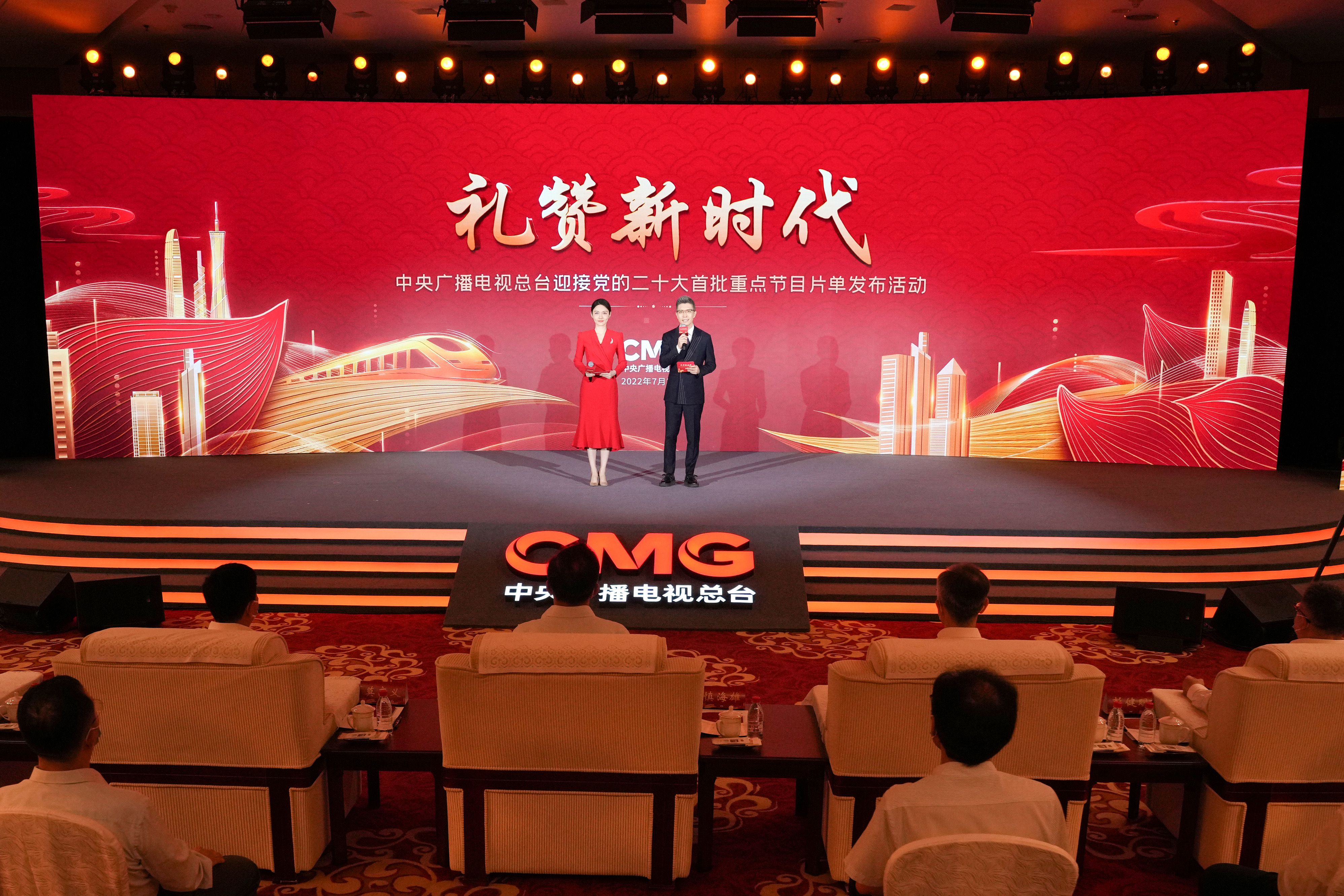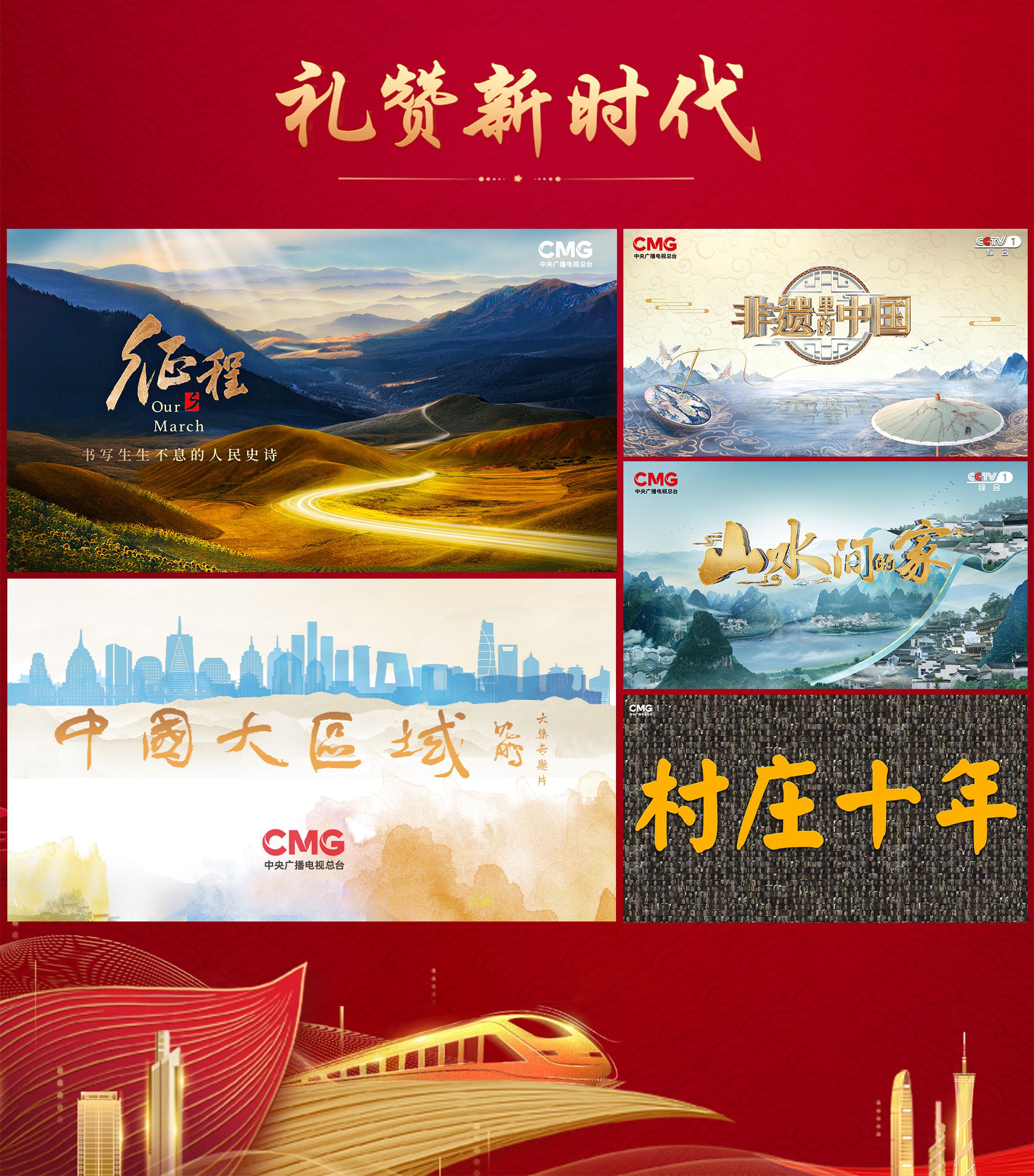Unconsciously, it has ushered in this most beautiful and suitable season for travel-autumn, which was brought by the Shandong Provincial Department of Culture and Tourism.30 boutique self-driving routes in the province.
Landscape nature, cultural studies, leisure and vacation,Along the way, there are Confucian holy places, along the Yellow River, the old canal and the Great Wall of Qi, as well as coastal islands, Yuan Ye villages, Daigu landforms and sightseeing highways.The best autumn day is in friendly shandong.
Great autumn scenery is waiting for you. Come and enjoy your leisure time with the hospitable gentleman!
Kangyang recreation holiday
Three-day and two-night tour in Feixian-Pingyi County
Walk into the Tianmeng Medicine Valley Kangyang Tourism Base, experience the mystery of health preservation in the natural landscape, stay in Kanggu Hot Spring Hotel, and see the temperament of Mengshan in the dense room.
Itinerary:From-Feixian County-Pingyi (40km) Tianmeng Medicine Valley Kangyang Tourism Base-Stay at Kanggu Hot Spring Hotel.
Taste of tip of tongue:Feixian mutton soup, Fangcheng pot cake, Wangtian pear and Hujiazhuang whole chicken.
Accommodation in online celebrity:Kanggu hot spring hotel
Good car companion:Peony pecan, Wutai yellow peach, Zhengcheng honeysuckle, Tianbaoshan hawthorn
Visit Guimeng Scenic Area and enjoy negative oxygen ions in the natural oxygen bar.
Itinerary:Visit Guimeng Scenic Area (5A level)
Stroll through Jiujianpeng Village, watch the blooming scene in the mountains and visit the stone shack houses in the village.
Longkou-Yantai-Weihai two-day and one-night tour
Walk into Nanshan Health Valley Town and experience the mystery of health care in the mountains and seas.
Itinerary:From-Longkou-Yantai (Longkou Nanshan Health Valley Town-Yantai Cishan Hot Spring Town)
Taste of tip of tongue:Seaweed steamed stuffed bun, salted fish cake, Yantai braised pork, jade turtle fried cake
Accommodation in online celebrity:Island Diary, Sea, Courtyard, Living in Seclusion in Penglai
Good car companion:Yantai Apple, Laiyang Pear, Yantai Cherry, Laizhou Portunus Crab
Relax and enjoy natural oxygen in that Xianghai holiday town.
Itinerary:Yantai-Weihai (Weihai Naxianghai Holiday Town)
Taste of tip of tongue:Cake, wedding cake, shrimp paste vegetable ball, swan egg
Accommodation in online celebrity:Qinshe B&B, C Island Artist Hotel and Haiyu 19 B&B.
Good car companion:Rongcheng peanut, Rongcheng fig, Rushan pear, Wendeng cherry
Two days and one night tour of Laiwu-Shanghe-Huimin
Walk into Fanggan Forest Recreational Tourism Base and enjoy natural oxygen.
The old King of photography/photography
Itinerary:From-Laiwu-Shanghe (Fanggan Forest Kangyang Tourism Base)
Taste of tip of tongue:Shahe Canned Meat, Shanghe Old Tofu and Shanghe Sugar Crisp are on fire.
Good car companion:Shanghe colored pepper, Waxi black-skinned wax gourd, Shahe lotus root
Stay in St. Haolijing Hot Spring Star Hotel, enjoy the soup spring and recuperate your body and mind.
Itinerary:Shanghe-Huimin (Huimin Shenghao Lijing Hot Spring Hotel)
Taste of tip of tongue:Wudingfu pickles, Du Qiao tofu skin, Hanji sausage, Weiji donkey meat.
Good car companion:Zhang Gaoshui Apricot, Huimin Peach, Huimin Short Branch Red Fuji Apple
Theme amusement park tour leisure vacation
Three days and two nights tour of Qihe River
Walk into the dream world of Orburg in Quancheng, experience thrilling amusement projects during the day and watch the dazzling fireworks lantern festival at night.
Itinerary:From-Qihe River (Dream World of Orlebao, Quancheng)
Taste of tip of tongue:Shengxi Sauced Beef, Renliji Bean Curd Skin, Qihe Hollow Noodles
Accommodation in online celebrity:Knight Resort Hotel and Hot Spring Hotel in Orburg
Good car companion:Qihe wheat, Qihe watermelon, Qihe corn
Visit the animal kingdom of Orenburg, take cable cars, cruise ships and small trains, and watch lovely animals from different angles. Stroll through China Yi food culture town, feel Qilu folk customs and taste all kinds of delicious food.
Itinerary:Qihe (Oulebao Animal Kingdom)-China Yi Catering Culture Town
Walk into the spring ocean polar world, see the tropical rain forest, shuttle through the undersea tunnel, and have a romantic encounter with the underwater world.
Itinerary:Quancheng Haiyang Jidi Shijie
Three days and two nights tour in Jinan
Walk into Fangte Oriental painting, experience interesting amusement projects and feel the charm of traditional culture.
Itinerary:Fangte oriental painting
Taste of tip of tongue:Straw buns, oil whirl, sweet foam, bazi meat, spring banquet, Shandong cuisine banquet
Accommodation in online celebrity:Spring house, secluded spring clause house, Kuolu B&B, Buerju House, and flower house.
Good car companion:Zhangqiu scallion, Mingshui fragrant rice, Longshan millet, Licheng walnut
Walk into Sunac Ocean World, watch interesting performances and feel the intelligence of marine animals.
Photography/Jinan Rongchuang Wenlv City Official
Itinerary:Rong Chuang Wen LV cheng
Visit the wildlife world in Jinan, watch the life forms of wildlife at close range, broaden your horizons and increase your knowledge.
Itinerary:wild world jinan
Three days and two nights in Qingdao
Walk into Qingdao Haichang Polar Ocean Park, say Hi with the beluga whale, watch the seals circle, walk in the pure white polar region with your beloved, and visit the world of ice and snow in your mind.
Photography/Please call me An Daxia.
Itinerary:From-Qingdao Haichang Polar Ocean Park
Taste of tip of tongue:Fried dumpling, Spanish mackerel dumplings, ribs and rice, Liuting pig’s trotters.
Accommodation in online celebrity:Qi Lan Hai Ju, Xiao Yin B&B, Nanzhi Restaurant
Good car companion:Majiagou celery, Jiaozhou Chinese cabbage, Laoshan green tea
Visit the Oriental Film Capital and Qingdao Film Museum to explore the indissoluble bond between Qingdao and China films.
▲ Slide left and right to see more.
Itinerary:Qingdao Oriental Film Capital-Qingdao Film Museum
Stroll through the Tibetan Mashan Tourist Resort and feel the rural customs of "once stepping into the picture, one day dreaming back to the Millennium".
Itinerary:Zangmashan tourist resort
Fantasy rafting leisure holiday 3-day tour
Drifting underground grand canyon, exploring magical caves and enjoying a cool holiday.
▲ Slide left and right to see more.
Itinerary:From-Yishui (Shandong Firefly Water Cave-Underground Grand Canyon)
Taste of tip of tongue:Yishui rich cake, greedy old pot, fried eggs with white scale fish
Accommodation in online celebrity: Yishui Yuanshe Taosong Homestay and Yimeng Laoshan Street Homestay
Good car companion:Yishui cherry, Bashan celery, Yishui ginger
Visit Rizhao Ocean Park, watch interesting performances of animals, and enhance the understanding of marine animals in joy. On the banks of the two cities, experience kayaking and feel the beauty of sports and rhythm.
Itinerary:Yishui-Rizhao (Rizhao Ocean Park-Liangcheng Riverside)
Taste of tip of tongue:Lily frog porridge, Taoluo mutton noodles, Rizhao Jingdong cuisine.
Accommodation in online celebrity: Yun Guo Shan Qiu Boat House B&B, Beihai Jinhua Zen Tea Inn
Good car companion:Rizhao Green Tea, Juxian Scutellaria baicalensis Georgi, Wulian Guoguang Apple
Stroll through Rizhao Seaside Forest Park and enjoy a slow tour in the blend of blue and green.
Itinerary:Rizhao (Rizhao Haibin National Forest Park)
Taste of tip of tongue:Lily frog porridge, Taoluo mutton noodles, Rizhao Jingdong cuisine.
Accommodation in online celebrity:Yun Guo Shan Qiu Boat House B&B, Beihai Jinhua Zen Tea Inn
Good car companion:Rizhao Green Tea, Juxian Scutellaria baicalensis Georgi, Wulian Guoguang Apple
5-day tour of Shandong coast grape wine fragrance tour
Walk into Qingdao Huadong Baili Winery, enjoy the beauty of Laoshan Mountain and taste the wine. Walk into the Beiheya community, listen to the story of Laoshan Mountain and appreciate the folk culture.
Itinerary:From-Qingdao (Qingdao Huadong Baili Winery-Beiheya Community)
Taste of tip of tongue:Laoshan cauliflower bean jelly, Wanggezhuang steamed bread, Laoshan mushroom stewed chicken, fist dish
Accommodation in online celebrity:Qingdao Island B&B and Qingdao Laoshan Wushe B&B.
Good car companion:Laoshan green tea, Beizhai cherry, cold dew peach
Visit Darushan and see the magnificent scenery where mountains and seas are connected and lakes and beaches set each other off.
Itinerary:Qingdao-Rushan (Taiyi Lake-Darushan Scenic Area)
Taste of tip of tongue:Darushan seafood pot, Baba salted fish, Rushan wedding cake, Rushan agar jelly.
Accommodation in online celebrity:Rushan Yintan Territorial Watershed Xiaozha Boutique B&B, Rushan Baiwu Dwellings Lehai Building
Good car companion:Rushan Bali, Rushan Chestnut, Rushan Ginger
Visit Changyu Wine Culture Museum and Changyu Castel Winery to learn about wine culture knowledge and the century-old history of Changyu brand.
Taste of tip of tongue:Yantai braised pork, jade turtle fried cake, osmanthus vermicelli sausage
Accommodation in online celebrity:Island Diary B&B, Geek B&B and No.86 B&B.
Good car companion:Yantai apple, Yantai cherry, Laiyang pear
Go to a winery surrounded by vines in Nanwang Valley-Junding winery Then visit again.State Guest Winery, which blends the long meaning of oriental culture into traditional western techniques, brews unique oriental grape wine.
Itinerary:Junding winery-Guobin winery
Taste of tip of tongue:Penglai Eight Immortals Banquet, Penglai Dishes and Penglai Noodles.
Accommodation in online celebrity:Live in seclusion in Penglai B&B, spend time in Penglai Yard B&B, and build a Peng Hu Ming She.
Good car companion:Mountain plum watermelon, long island sea cucumber
Escape Niu Ling Winery is located at the foot of Qiushan Mountain in Mulan Gou Village, Daxindian Town, Penglai City. The main building that escaped from Niu Ling is like two giant decanters, and stands between the hills like a pair of heroic horns.
Itinerary:Penglai (Escape from Niu Ling Winery-Sugeland Wine Castle)
2-day parent-child tour for heroes and teenagers
Walk into the place where the water margin story takes place, listen to the water margin story and feel the chivalrous pride of Liangshan heroes.
Photo: Water Margin is Good for Seoul
Itinerary:Heze Yuncheng Shuihu Good Seoul-Sung River Martial Arts School-Jining Shui Bo Liangshan-Large-scale real-life "Zhongyi Liangshan Park"
Taste of tip of tongue:Water Margin Banquet, Yuncheng Zhuangmo, Pijia Roast Chicken
Accommodation in online celebrity:Liangshan Shuihu Hotel
Good car companion:Huangnigang Liquor, Liangshan Yi Liquor, Xizhangzhuang Edible Fungi, Liangshan Peach
▲ Slide left and right to see more.
Itinerary:Dongping Lake-Dongping Shuihu Movie and Television City
Taste of tip of tongue:Dongping Lake Fish Banquet, Dongping Porridge and Dongping Braised Pigeons
Accommodation in online celebrity:Dongping tangfang villager su
Good car companion:Pengji Huasheng, Dayang Thin-skinned Walnut, Anshan Rice, Jieshan Watermelon
Three-day tour of Qilu leisure holiday in winter
Walk into Yandunjiao Village, watch the swan like a white elf, and feel the harmony between man and nature.
Itinerary:From-Rongcheng (Yandunjiao)
Taste of tip of tongue:Rongcheng clear soup, fish pot cake, potted seafood
Accommodation in online celebrity:Rongcheng seaweed home feather love inn, Rongcheng pomegranate blossom homestay
Good car companion:Rongcheng peanut, Rongcheng fig, Dongshan Sanji pear
Experience Wendeng Seawater Hot Springs and the characteristic hot springs that can be drunk and bathed.
Itinerary:Tianmu Hot Spring in Nanhai-Tangbo Hot Spring-Huabobo Town
Taste of tip of tongue:Wendeng steamed stuffed bun, Wendeng daughter-in-law cake, Baba stewed fish, flower cake
Accommodation in online celebrity:Tangbo Hot Spring Resort Hotel
Good car companion:Wendeng cherry, Wendeng American ginseng, Wendeng ginkgo
Walk into Changyu Castel Winery, enjoy wine tasting around the furnace and enjoy the romance of winter tour. Challenge yourself to the limit and feel the charm of winter sports at Tashan Ski Resort.
Itinerary:Changyu Castel Winery-Yantai Tashan Ski Resort
Taste of tip of tongue:Yantai braised pork, jade turtle fried cake, osmanthus vermicelli sausage
Accommodation in online celebrity: Island Diary B&B, Geek B&B and No.86 B&B.
Good car companion:Yantai apple, Yantai cherry, Laiyang pear
Three-day tour of Qilu leisure holiday in winter
Stroll through the old city of Jinan and enjoy the spring city style of "every family springs, every family hangs on the trees".
Itinerary:The first spring scenic spot in the world-Furong Street-Kuankuanli-Daming Lake
Taste of tip of tongue:Straw buns, oil whirl, sweet foam, bazi meat, spring banquet, Shandong cuisine banquet
Accommodation in online celebrity:Spring family, hidden spring clause
Good car companion:Yellow River Rice, Baotu Spring Wine
Enjoy the music camping in Jiuru Mountain and feel the glamorous and passionate night.
Itinerary:Urban area-JiuRushan (Old Town of Jinan-Opportunity of online celebrity Bookstore-JiuRushan Resort)
Taste of tip of tongue:Liubu daughter-in-law soup, Nanshan fried chicken
Accommodation in online celebrity:A cat’s nest, an inch of light, a wooden house, and a beautiful face
Good car companion:Walnut with chicken feet, Chinese cabbage of Tang Dynasty, apricot with red purse.
Walk into Zhangqiu Duozhuang, enjoy the beautiful scenery of beautiful countryside and enjoy the comfortable life in carl honore.
Photography/Zhong Fusheng
Itinerary:Jiurushan-Zhangqiu Duozhuang
Taste of tip of tongue:Mingshui tofu, Huangjia barbecue, Xinzhai elbow
Accommodation in online celebrity:Jinan Haishan Academy B&B and Zhangqiu Mountain House B&B.
Good car companion:Zhangqiu scallion, Mingshui fragrant rice, Longshan millet
4-day tour of island city leisure vacation
Stroll through the old city of Qingdao, reminisce about the red past in the May 4th Square, watch the "Flying Pavilion" at the sea exploration place of the trestle, visit Pichai Yuan to experience the dock culture of the island city, stand on Xiaoyu Mountain, overlook Qingdao, climb Xiangshan Mountain at night and see sky full of stars.
▲ Slide left and right to see more.
Itinerary:From: Qingdao (May 4th Square-Zhanqiao-Pichai Yuan-Xiaoyushan-Guanxiangshan)
Taste of tip of tongue:Fried dumpling, Spanish mackerel dumplings, ribs and rice, Liuting pig’s trotters.
Accommodation in online celebrity:Qi Lan Hai Ju, Xiao Yin B&B, Nanzhi Restaurant
Good car companion:Majiagou celery, Jiaozhou Chinese cabbage, Laoshan green tea
Recreation, games,Visit Sanwan at night, watch the neon lights and enjoy the slow-paced life.
▲ Slide left and right to see more.
Itinerary:Badaguan-Fangfang-Qingdao naval museum-Second Bathing Beach-Fushan Bay, Taiping Bay and Huiquan Bay.
Visit the Oriental Film Capital,Stroll through the seaside Jin Tan and feel the charm of the leisure island city night.
Itinerary:Oriental Film Capital-Golden Beach
Visit Qingdao Film Museum to explore the indissoluble bond between Qingdao and China films.
Source | Qingdao Film Museum
Itinerary:Tangdaowan Seaside Style Theme Park-Qingdao Film Museum
3-day tour of leisure vacation with blue sea and tea fragrance
Visit Wanpingkou, a natural shelter harbor, experience elegance and leisure, take beautiful photos, stroll around Dongyi town, feel the fisherman’s customs and enjoy the seaside folk customs.
▲ Slide left and right to see more.
Itinerary:From: Rizhao (Shili Golden Beach-Wanpingkou Scenic Area-Dongyi Town)
Taste of tip of tongue:Lily frog porridge, Taoluo mutton noodles, Rizhao Jingdong cuisine.
Accommodation in online celebrity:Yun Guo Shan Qiu Boat House B&B, Beihai Jinhua Zen Tea Inn
Good car companion:Rizhao Green Tea, Rizhao Shrimp Skin, Juxian Scutellaria baicalensis Georgi, Wulian Guoguang Apple
Go into the tea garden, taste and pick tea, feel the essence of tea culture, stay in the tea culture theme homestay, and appreciate the unique style of leisure tea tour.
Itinerary:Houhuangbu Tea Expo Park-Yunguo Shanqiu Tea Travel Cultural Park
Take a slow tour of the seaside forest park and find tranquility and romance at the intersection of blue and lush.
Itinerary:Yuhaiwan Tea Expo Park-Rizhao Haibin National Forest Park
3-day tour of rural immersion holiday
Walk into bamboo spring village, stroll through the country roads, and look for homesickness in your dreams.
Itinerary:From-Yi ‘nan (bamboo spring village)
Enter Hongshizhai and Shi Chong Gu Courtyard in Yinan to experience folk customs and feel the harmonious atmosphere between man and nature.
Itinerary:Bamboo spring village-Hongshizhai-Shi Chong Gu Compound
Step into Zhujialin, listen to chirping birds, watch the sunset and enjoy the slow life in the country.
Itinerary:Shi Chong Gu Courtyard-Zhujialin
Taste of tip of tongue:Cauldron whole lamb, roast chicken in Dazhuang, bean curd.
Accommodation in online celebrity:Zhuquan Village Lodge, Zhujialin Lodge and Shi Chong Gu Courtyard Lodge.
Good car companion:Double-sided watermelon, Yinan cucumber and grandson millet
All 10 routes have been assembled. Do you have a favorite route? Hurry up and collect the raiders, take advantage of the crisp autumn and start by car!
Take advantage of the crisp autumn and start by car!










































































